Cannabis roots: A complete guide
List of contents
What are the roots?
The roots are the first organ of the plant to come into direct contact with the surrounding growing medium after germination. Most plants have three types of roots: the main tap root and the fibrous roots, which grow into the ground, and are often invisible to the naked eye; and adventitious roots, which can sprout from the aerial parts of the plant, such as the stem, and grow towards the substrate.
The cannabis plant has all three types, but the adventitious roots are less common and only grow in environments with high and steady humidity levels. The ability to produce adventitious roots is what makes cannabis so suitable for propagation via cloning.
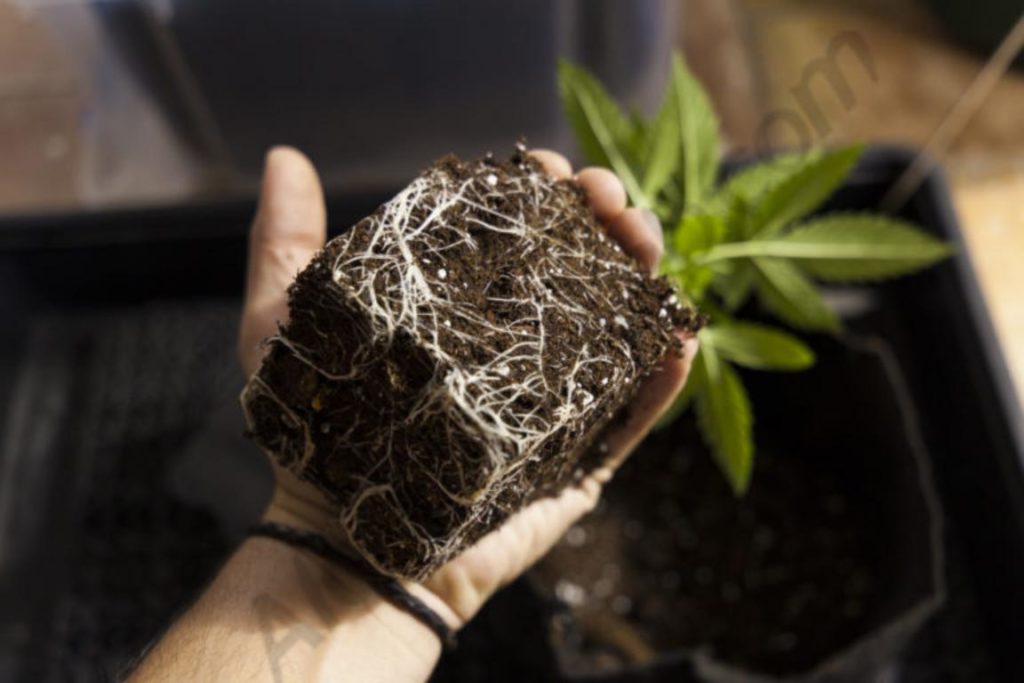
Root structure
It could be said that the root, or root system, has a pyramidal structure. The main tap root grows vertically down into the soil, and its secondary offshoots spread themselves throughout the substrate. In turn, these secondary roots develop small offshoots, called capillaries or simply root hairs, which are responsible for the collection and transportation of water and nutrients for the entire plant.
The roots always maintain the same growing structure (main root, secondary roots, and capillaries), but their method of colonising the substrate may vary depending on its composition and granulometry. If you use a compact substrate, the roots will have serious difficulties in expanding, as they won?t find any gaps to grow through, slowing down the substrate colonization and, therefore, the plant growth.
This is a common problem among growers who don't have the correct substrate for cannabis cultivation. It should be noted that a specific substrate may be suitable for one type of plant, but not for others. If you use the wrong substrate your plants will grow very slowly, lanky and with sparse foliage. They will also be more likely to suffer from problems associated with overwatering or during a period of drought.

Main functions of the roots
The roots form the foundations of the plants, given that over its life, the plant is gradually built onto them. In addition, they also perform some vital functions, as we will explain below.
One of the main roles of the roots is maintaining the plant in an upright position and firmly anchored to the ground. If the root system is poorly developed, the plant will need some type of support to stop it from falling over, especially during the flowering phase, when the branches have to hold more weight due to bud formation.
Water and nutrient uptake is another vital function of the roots. It's of the utmost importance that our cannabis plants are well fed in order to be able to produce lots of big and heavy flowers. If the plant doesn't have a well-developed root system during its flowering phase, the bud production could be drastically reduced.
Microorganisms and their interaction with the roots
The roots live inside the substrate, but they are not alone. The substrate is easily the part of the plant with the most life per square centimetre. It is a medium where millions of microorganisms belonging to the fungi, algae, protozoa and bacteria families coexist with all kinds of flora and fauna, all of them performing important and vital functions in the root zone.
In this case, we will concentrate on the microorganisms that are beneficial for the cannabis plant, such as Trichoderma, Endomycorrhiza and Rhizobacteria.
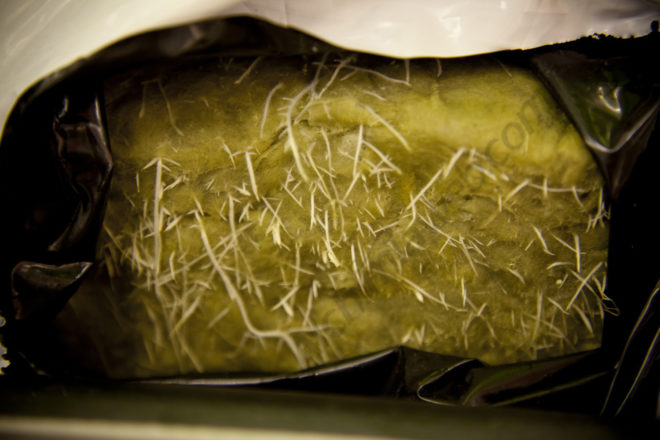
The roots absorb food from the substrate and transfer it to the rest of the plant, where it's converted into energy to carry out metabolic functions. There is a symbiotic interaction between fungi such as Trichoderma or endomycorrhiza, among others, and the roots. These beneficial fungi establish themselves on the capillary roots and, as they colonize them, they create a nutrient uptake network that is much faster and efficient.
Beneficial fungi are a great cultivation supplement, especially for growers who use organic fertilizers, since they make the nutrients more assimilable and easier for the roots to take up. Being more easily absorbed by the plant, they also promote more vigorous growth and abundant flowering.
Another advantage of using fungi such as Trichoderma is to protect the plant against other fungi that could potentially devastate them, including the dreaded pythium and fusarium, both fatal for the cannabis plant. Once established in the substrate and the roots, the beneficial Trichoderma fungus leaves no room for other harmful fungi, becoming a very tough shield to penetrate, so the plants colonised by Trichoderma will hardly need to worry about root problems at all.
There are several brands of Trichoderma on the market, some come on their own like GHE's Trichoderma, while other products such as Elycitor from Bio Technology incorporate other types of microorganisms, as endomycorrhiza and ectomycorrhiza, in addition to different types of bacillus, enzymes, elicitors, humic and fulvic acids, amino acids, etc., making them high-quality products that are ideal to inoculate the substrate with beneficial microorganisms.
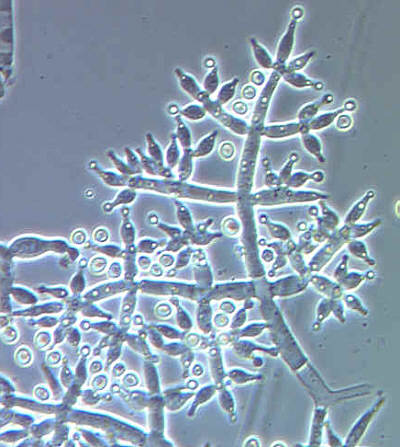
Root growth
The root expansion occurs mainly during plant growth. Over the first few days/weeks/months in the life of a plant, the roots will grow as much as they can and develop a large number of secondary roots and capillaries, so that during the flowering period they will be able to absorb a large quantity of food and grow big buds, thus providing high yields.
During root growth and expansion, it is important to take the utmost care when watering. The root is always searching for water or moisture inside the substrate, and will not stop until it finds it. Likewise, when the substrate is very wet, the root doesn?t need to go in search of water so it won?t grow, and neither will the plant. This is very common in automatic strains with a short life cycle of just a few weeks; any mistakes made during this time will have a negative effect on the plant's final size and flower yield.
For this reason, it?s crucial to respect the proper wetness and dryness cycles during the entire growth period in order to get a powerful and vigorous root system capable of absorbing large amounts of nutrients, eventually resulting in a large plant with amazing bud production.
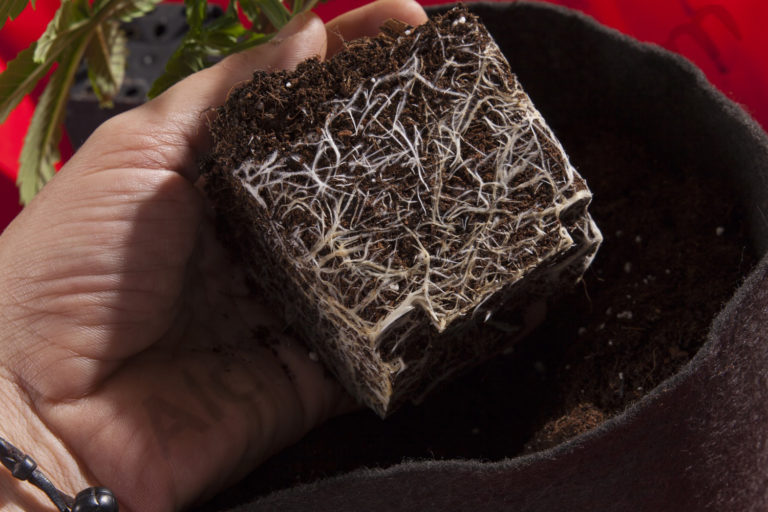
Using commercial products to boost root growth will accelerate the growth rate of both plant and roots, and will also help to reduce the vegetative period indoors. These products are called root stimulators and are offered by numerous brands. Some are more concentrated than others, but all of them will get the job done: to quickly boost root growth. We recommend Canna's Bio Rhizotonic, Hesi Root Complex, Green Hope's Root Max, and GHE Pro Roots among others that can be found in our online Grow Shop.
Roots during flowering
Once the roots have expanded to fully colonise the container and the flowering phase has begun, they won?t grow at the same rate as they did during the vegetative stage. This usually occurs when the plant starts to develop its first flowers, which is after 2 weeks the photoperiod change for plants with a flowering time of 8-9 weeks. From this moment on you can stop using root stimulators, since it is no longer necessary.
The plant doesn't stop developing roots during the flowering time, but it does it in a much more slow and subtle way. This means that you'll need to maintain the root system in the best possible conditions so the plant can create large buds. All the roots affected by either lack of water or root rot will be lost, impairing the plant?s ability to absorb nutrients and therefore producing lower yields.
At this point, using products such as enzymes is an excellent option. Moreover, if we've used mineral nutrients, the application of enzymes can reduce soil salinisation and make the plant feel more relaxed in order to provide maximum yields.
Flushing cannabis plants
Flushing your plants is a simple process that it's vital in order to harvest high-quality buds free from any nutrient excesses that could alter its taste and smell.
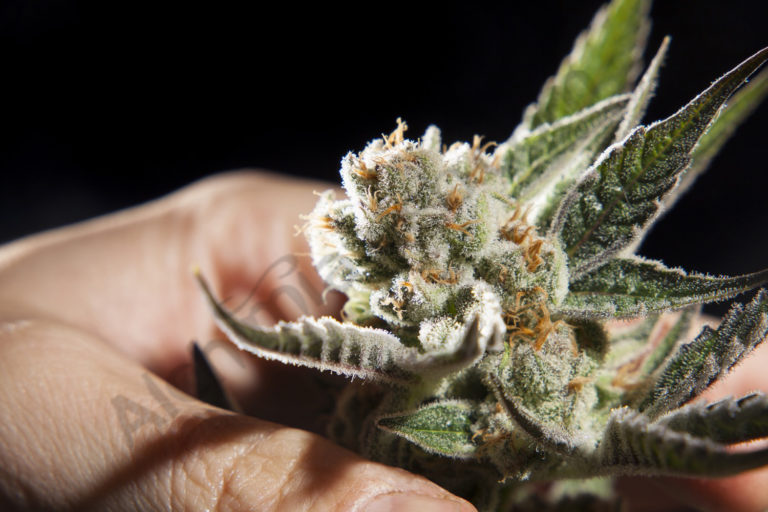
The process is very straightforward: irrigate your plants with plenty of water to flush away any nutrients retained in the soil. If your plants received large doses of nutrients during flowering, you'll need to flush them properly for about two weeks. If, on the other hand, you used lower doses of fertilisers during the last few weeks of flowering and your plants are already showing yellow leaves, you can be a little less rigorous with flushing.
The most important thing is that the leaves turn to a bright yellow colour at the end of the bloom cycle, which means that the plants are nutrient-free and will provide a nice, smooth flavour.
There are some products that can help you to flush out your plants, such as Final Flush and Canna Flush. These products extract the residual nutrients from the substrate, making the flushing more effective.
Possible causes of root death
Roots are a very hardy part of the plant, but if something goes seriously wrong with them, it could end up killing the whole plant.
There are two main causes that are usually linked to plant death: overwatering and drought.
Overwatering cannabis plants
This is due to a prolonged excess of moisture in the substrate. During these periods of high humidity, the roots run out of oxygen, changing from an immaculate white hue to a darker colour that slowly turns to brown.
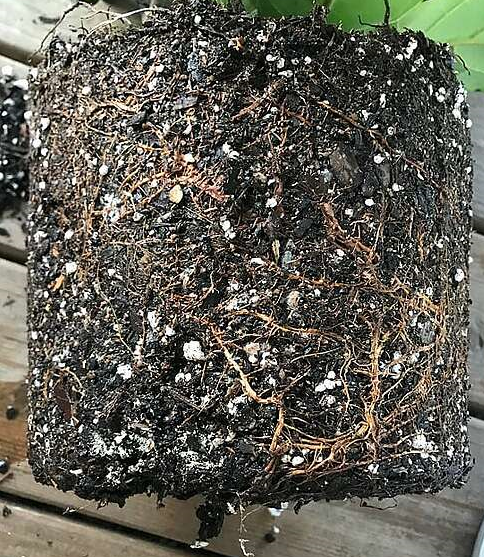
When this happens, the root hairs are unable to absorb water or nutrients, and the plant is sentenced to certain death by drowning. The lower leaves will turn yellow due to not being able to absorb any fertilisers and having to feed themselves from the plant?s nutrient reserves.
After a few days, the upper leaves will become weak and droopy, as if in need of some water. The death of the plant may be imminent, and there?s hardly anything that can be done to save it, as the roots are already in a very bad condition.
There are some products we can apply in order to fight the root rot once it starts to show. If the infection is in its early stages, you can use a diluted 5% hydrogen peroxide to try to kill the fungus by oxidisation, and once the substrate has dried a bit, apply Trichoderma to combat the fungal infection.
For this reason, we always recommend using microorganisms such as Trichoderma, to protect the roots against attack from fungal pathogens. Using enzymes is also advisable for proper care and maintenance of the root system. With the help of products like Cannazym or Powerzyme, you can maintain the roots in perfect condition during every stage of growth.
Drought in cannabis plants
In the same way that an excess of water is detrimental, lack of water can also cause the death of the roots and, therefore, the plant itself.
After a prolonged lack of irrigation, the leaves will be droopy, which is a sign that the roots are slowly becoming dry and dehydrated, as are the capillaries responsible for water absorption.
Once the capillaries become dehydrated, they will dry and die, undermining the plant's ability to take up water and food. If you rehydrate them, the plants will recover on a visual level, but many of the capillaries will be dry and useless, reducing the absorption capacity of the plant.
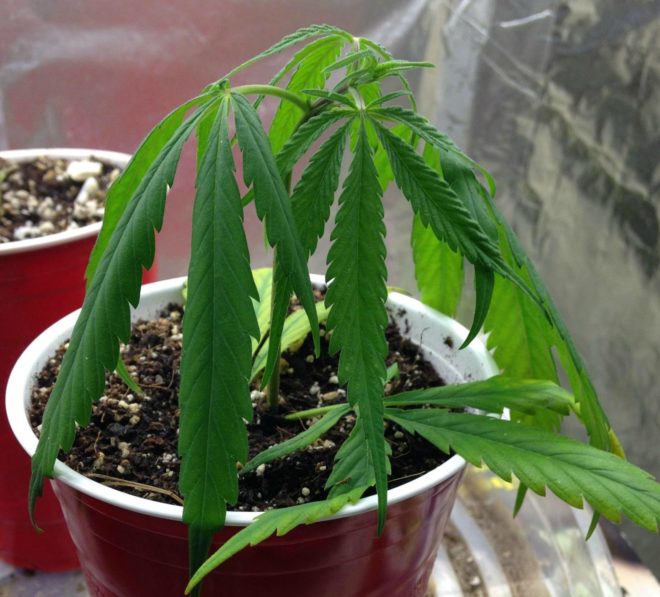
Recurring drought periods limit the productive capacity of the plants, as well as their ability to survive. It's even possible that a plant that has been hit hard by a long period of drought won't recover and end up dying.
Silicon is an excellent nutritional supplement for cannabis plants and other vegetables that are prone to suffering periods of drought or overwatering. It is found in large amounts in soil, but only a few forms of this material can be absorbed by the plants.
This nutrient strengthens cell walls and helps the plants to protect themselves against problems caused by a lack of water. The plants will be better able to deal with this type of setback by retaining water for longer periods of time and preventing the leaves from evaporating large amounts of water, which will also slow down the dehydration rate of the roots.
In turn, during harvest, we will notice that the plants fed silicon will have a much smaller internode distance compared to other specimens whose nutritional diet didn't contain silicon. It should be noted that this material also provides more hardiness and strength against adverse weather conditions such as rain or strong winds.
Products like Aptus Regulator, Silicon Max (in liquid format) and Silicium Flash (for those who use a mix of solid fertilisers to enrich the soil) are excellent options to protect and indulge your cannabis plants during as they grow.
Happy growing!













